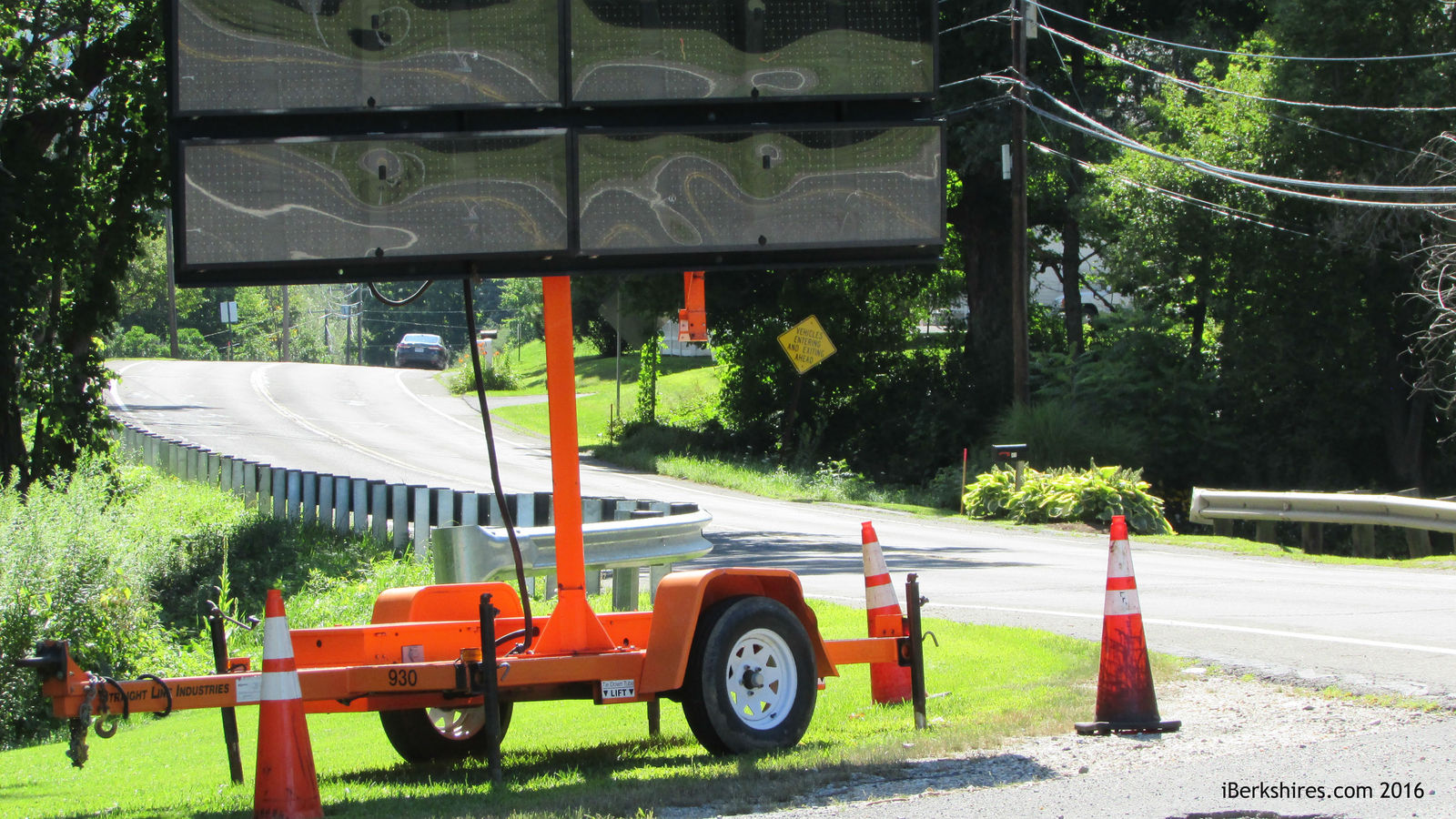
Williamstown Using New Technique on Hancock Road Paving

WILLIAMSTOWN, Mass. — The town paving project that began last week on Hancock Road will look a little different than residents are used to — at least while it is progressing.
For the first time, Williamstown is using a cold-in-place recycling technique that will result in a brief period when the road looks kind of paved but not really finished, Town Manager Jason Hoch explained last week.
"At the end of the project, it will look and feel like any other road," Hoch said. "But there's this sort of interim phase — it's that 'near-pavement' look.
"I learned in the past, the first time we did this process at one of the towns I was in in New Hampshire, we got a lot of feedback from people saying, 'Boy, you guys did a horrible job paving this road.'
"We had to say, 'No, no, no. We're not done yet."
If the weather cooperates, this project — covering Route 43 from the Five Corners intersection west to the Hancock town line — will be done by the end of the month.
Major work will get under way this week when a crew from Shaftsbury, Vt.'s, Peckham Industries begins stripping the road, crushing the existing pavement down to usable sized gravel, mixing it with an emulsifier and laying down a course of what Hoch describes as "near-pavement quality" road.
After that, the work-in-progress has to road before a finish course of blacktop can be laid.
It is the interim step that is a little different than what folks are used to seeing and driving over. Actually, the road will be more usable than the gravel road that comes in the middle of a conventional paving project, but the near-pavement phase can be confusing if you think that is the finished product.
"We're all trained to see the gravel and then see the pretty black surface," Hoch said. "We're not used to this interim step that looks like you did a really bad paving job and should get your money back."
The project, which costs $768,984, is being funded mostly from the town's Chapter 90 allocation from the commonwealth. Local tax contribution amounts to $14,400, about 2 percent.
The cold-in-place recycling technique has the advantage of reusing 85 percent of the road material at the job site, Hoch said. In a conventional bid, the road is stripped and the material is hauled off site while new gravel is brought in for the rebuild. The old material is then ground up and stored for use at a later date.
"It's sort of a longer production, but people are used to it," Hoch said.
"If we do a full grind, we keep that material, take it down to the shop, eventually we grind it down and reuse it in other places. That's what the highway department has done in the past. It's a long haul to haul all of that material from the Hancock line back to the town garage."
The other advantage is that drivers won't be going over a gravel road.
"[In a conventional project], the road is in a less appealing position for a lot longer period of time, that sort of 'letting the gravel sit there' sort of thing," Hoch said. "And there's a decent amount of travel there.
"There's enough traffic there that we won't be subjecting people who use that road on a regular basis or visitors coming through to an extended period of gravel."
The cold in place recycling technique was used locally just over the state line on Route 22 in Petersburg, Hoch said.
Highway Superintendent Chris Lemoine brought Hoch the idea earlier this year, and given his experience from projects in New Hampshire, he was happy to look into it.
"I wouldn't necessarily make it the full selling point, but we were pleased with the quality of the pavement as well," Hoch said. "We found it was a little more durable and a little more elastic than others as well. It was a good resulting product.
"The reality is asphalt is not always just asphalt. This may be something we do again in some cases in the future."
Tags: paving, road work,
















